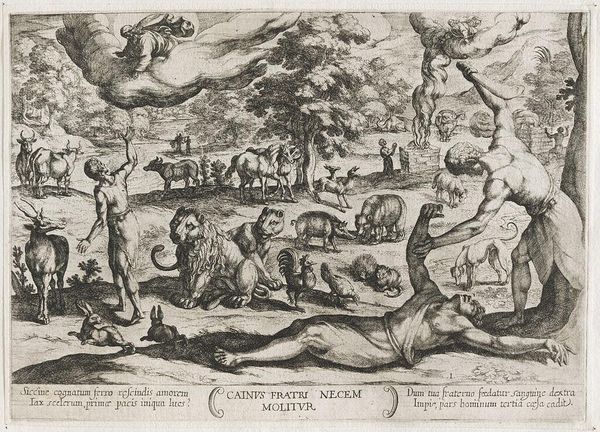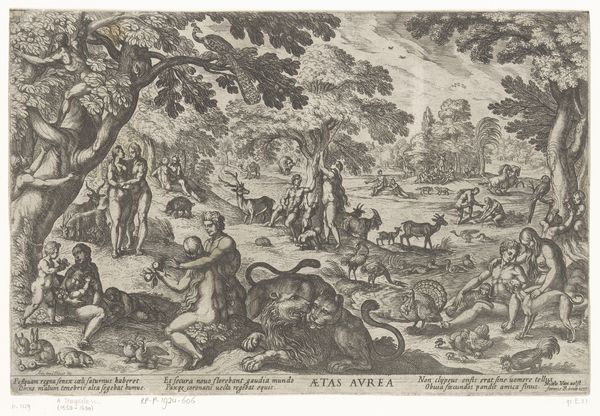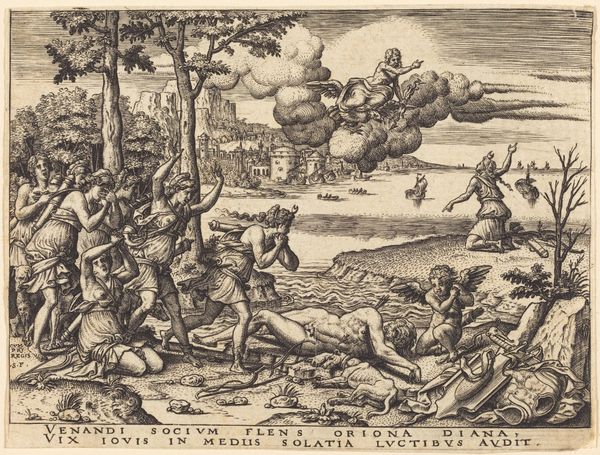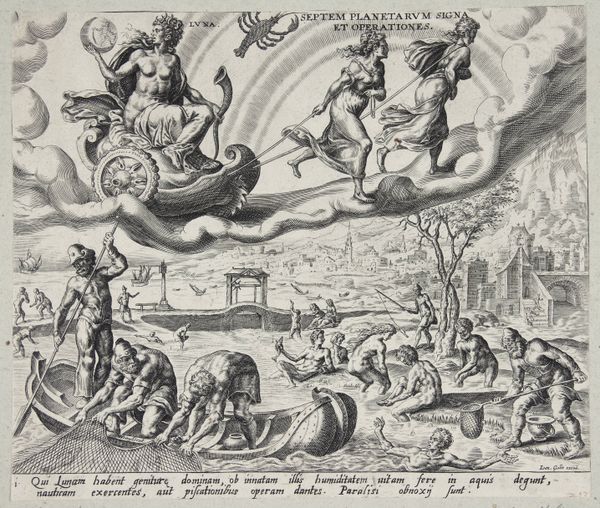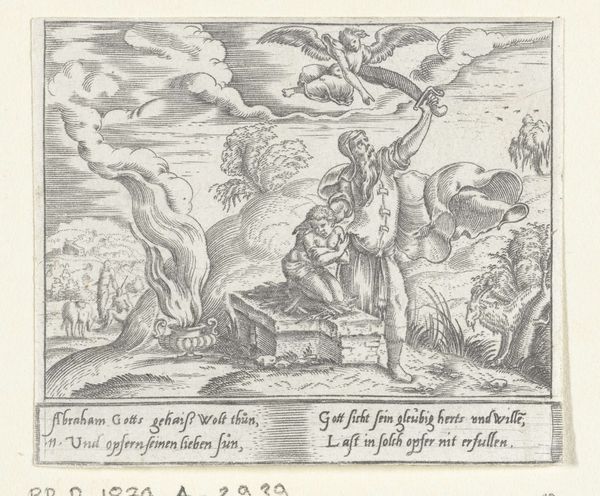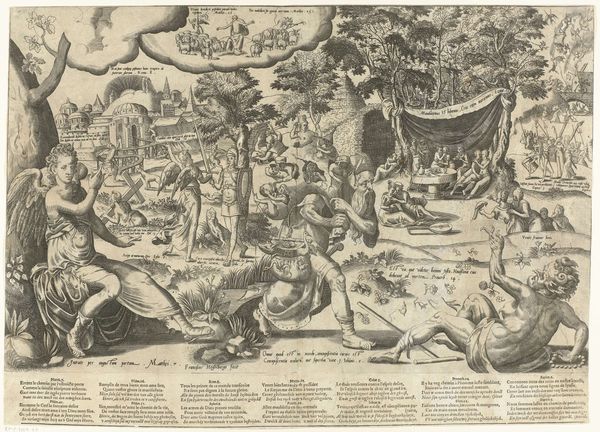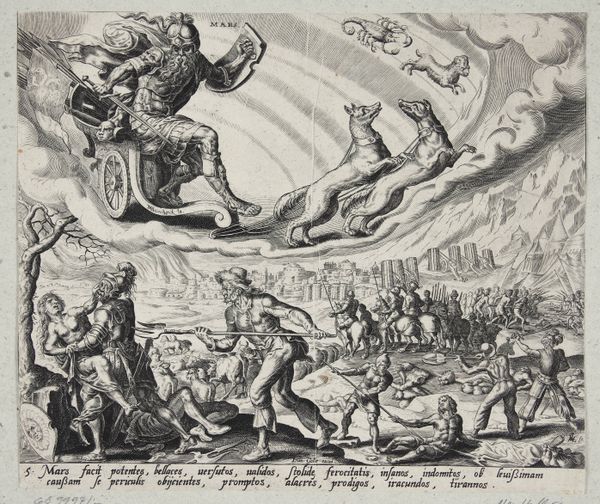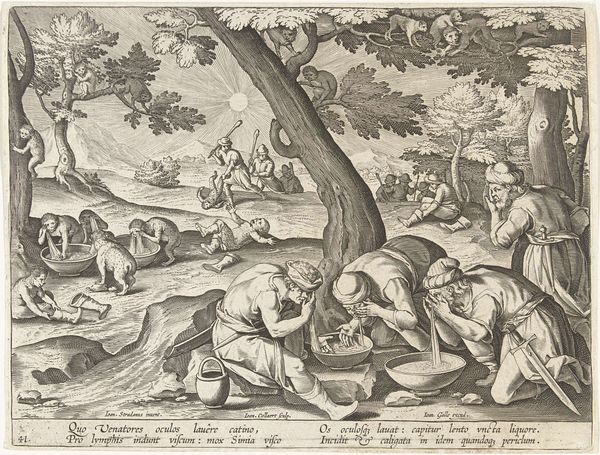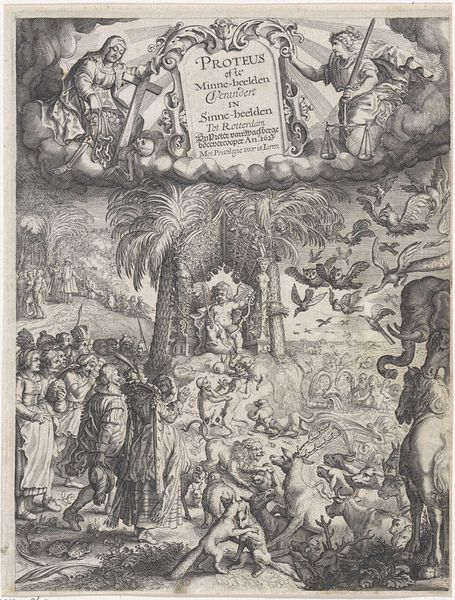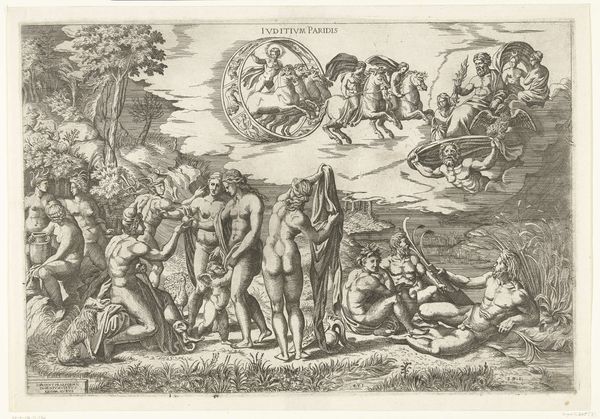
Plate 1: Cain Killing Abel, from 'The Battles of the Old Testament' 1585 - 1615
0:00
0:00
drawing, print, engraving
#
drawing
#
ink drawing
#
medieval
#
narrative-art
# print
#
death
#
figuration
#
history-painting
#
italian-renaissance
#
engraving
Dimensions: Sheet: 7 7/8 × 11 1/8 in. (20 × 28.2 cm)
Copyright: Public Domain
Editor: This is "Plate 1: Cain Killing Abel, from 'The Battles of the Old Testament'" made sometime between 1585 and 1615 by Antonio Tempesta. It's an engraving rendered in ink. It's a rather brutal scene, yet rendered with almost delicate detail in the landscape and the figures. What stands out to you? Curator: Well, consider the context of its production. Engravings like these were commodities. Note how Tempesta efficiently utilizes line work to describe textures – animal fur, human flesh, foliage. The material reality is that this wasn't fine art, but something made to be reproduced and consumed widely. How does the means of production inform our reading of its brutal subject matter? Editor: So, because it was made to be reproduced, it kind of numbs the horror? It's like a factory producing violence. Curator: Precisely. Think about the division of labor involved. Someone designed the image, someone engraved it, someone printed it, someone sold it. This detachment between the artist's hand and the final product affects its meaning. Consider the consumer; What sort of visual repertoire are they assembling in their homes through works like these? Does the image serve a moral or didactic function, or simply cater to a taste for violence? Editor: That’s a good point. It’s not just about the artistry; it's about the entire network that brought this image into existence and the impact it has as a mass produced object. Curator: Exactly. We're looking at not just art, but the industry around it, and how that shapes what the artwork *is*. I find myself dwelling on this image as a tangible testament to early modern anxieties regarding mass culture and availability. How unsettling that access and technology facilitated distribution of this brutal violence... Food for thought! Editor: Absolutely, I hadn't considered that. It shifts my focus from just the biblical narrative to the social and economic forces at play.
Comments
No comments
Be the first to comment and join the conversation on the ultimate creative platform.
